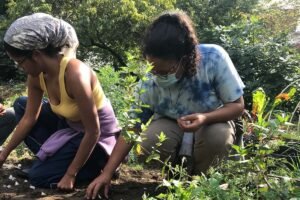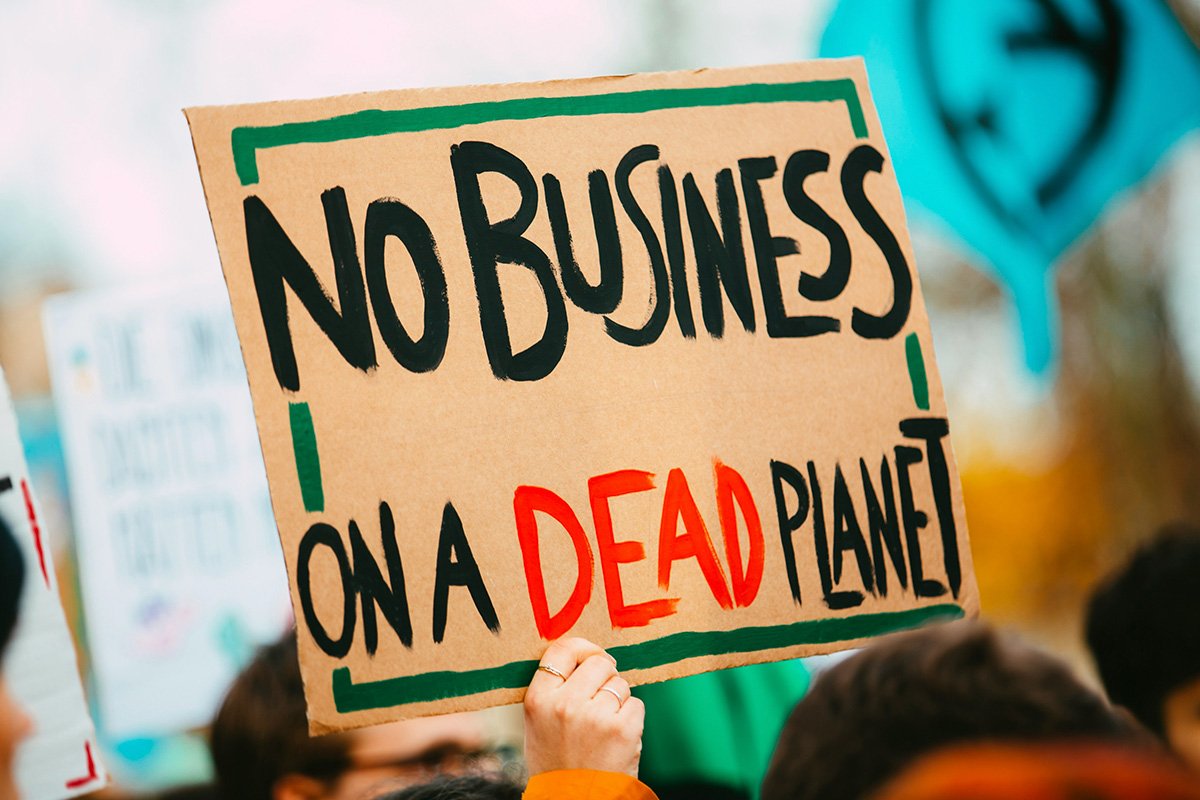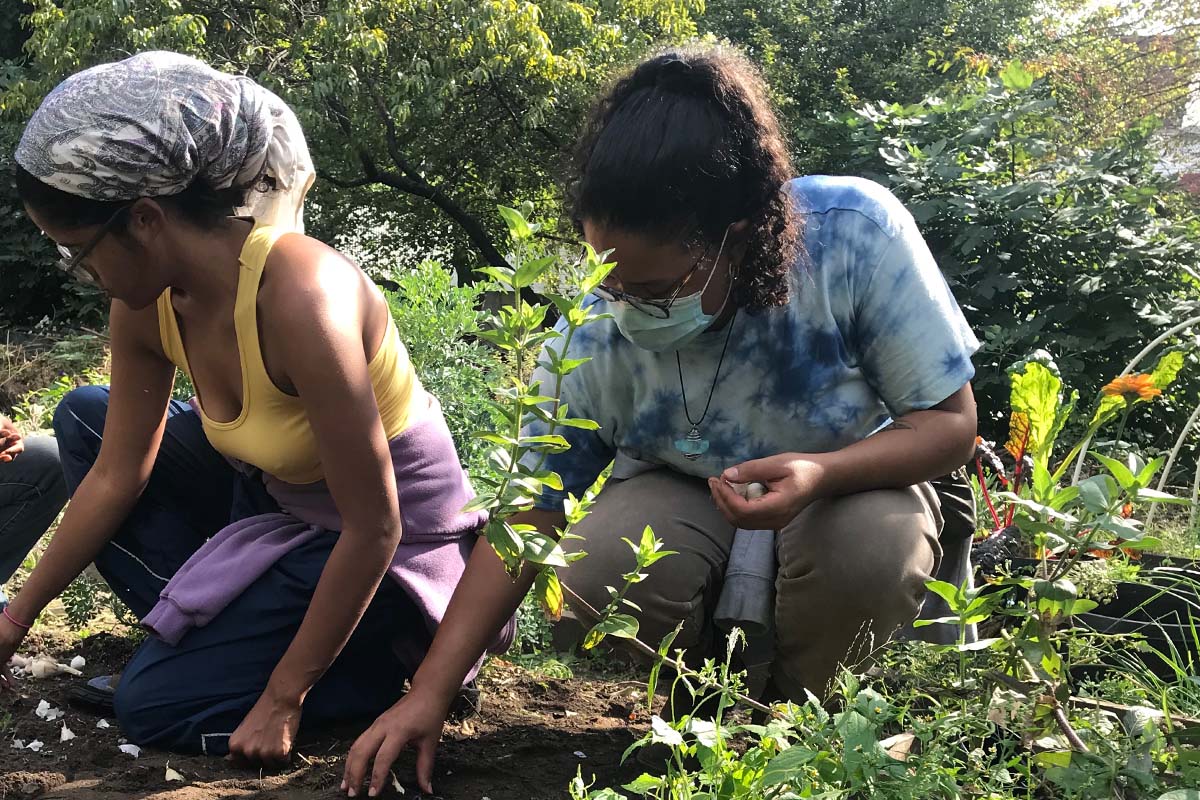Update from the SIF Press Conference:
CNCS’s CEO, Patrick Corvington, repeatedly said today in the public announcement and in the press conference that the Social Innovation Fund is a new way of doing business for the government.
Two questions about that new way of doing business appeared difficult for the CNCS to explain succinctly. NPR’s Pam Fessler asked exactly what was so innovative about these grants, since to her mind, the descriptions look like groups she has seen around the nation. CNCS’s response struggled with defining or specifically culling out what was so innovative in these proposals, with a reluctance to single out any one as an example. We were left with the impression that innovation as a quality was elusive, even though various review panels that innovation as one of the criteria for selection.
Somewhat more specifically described were the grantees track records in picking and building “embryonic” organizations, tracking results, and evaluating outcomes. The other piece of new business was about transparency. The Chronicle’s Deb Bloom asked why the Corporation was not making even the names of the 58 other SIF applicants public, in contrast to the Department of Education’s publication of the names of the applicants to its Promise Neighborhoods program.
The SIF promised its applicants confidentiality, which we think suggests that applicants might have included a number of foundations that might be somewhat averse to government program-type disclosure. To promise confidentiality—and implicitly, immunity from Freedom of Information type disclosure—does not further the cause of sunshine in federal government programs. Given the direct and secondary roles that foundations will be playing as SIF regrantmaking intermediaries or as funders of those intermediaries, transparency is going to be an issue meriting a deft touch by the Corporation for National and Community Service.
FREE DELIVERY | Click Here to sign up for THE NONPROFIT NEWSWIRE, Delivered Daily >>
The first round of Social Innovation Fund grantees was announced today. The eclectic mix of regrantmaking intermediary grantees were funded for programs addressing economic opportunity, health care, youth development, and school support. We want to know what you think. Give us your reactions to the Social Innovation Fund program and grantees: What do you think about the specific grantees? Was this the kind of mix you expected or were you surprised? Is this a portfolio of SIF grants that is better or worse than you anticipated? Where do you see the innovation in the Social Innovation Fund grantees?
SUBSCRIBE | Click Here to subscribe to THE NONPROFIT QUARTERLY for just $49 >>
Tell us what you think here, online, and we’ll post your comments—and respond. Here’s the list of SIF grant winners. We want to hear from you.
Economic Opportunity
Jobs for the Future, Inc.($7.7 million; 2 year grant) and the National Fund for Workforce Solutions (NFWS) will expand their targeted training and technical assistance to at least 23,000 low-income individuals over three years while also addressing the critical skill needs of more than 1,000 employers. The funds will dramatically increase economic opportunities for disadvantaged workers and job seekers through investments in regional workforce collaboratives that partner with employers to identify jobs and career pathways in high-growth industries.
Local Initiatives Support Corporation($4.2 million; 1 year grant)will grow Financial Opportunity Centers – a workforcedevelopment and asset-building model that boosts earnings, reduces expenses and coaches low-income families on how to makebetter financial decisions –to five new cities and 7,500 total participants. The Centers are a core component of the organization’s strategy to build sustainable communities.
Sign up for our free newsletters
Subscribe to NPQ's newsletters to have our top stories delivered directly to your inbox.
By signing up, you agree to our privacy policy and terms of use, and to receive messages from NPQ and our partners.
Mayor’s Fund to Advance New York City($5.7 million; 1 year grant) and the NYC Center for Economic Opportunity (CEO) will replicate five effective anti-poverty programs originally piloted by CEO in eight urban areas. By advancing the education, employment, and financial savings of low-income adults and families, the programs will combat poverty across a diverse cross-section of America.
REDF($3 million; 2 year grant)will create job opportunities for thousands of Californians with multiple barriers to employment – including dislocated youth, individuals who have been homeless or incarcerated, and those with severe mental illness – in sustainable nonprofit social enterprises in low-income communities throughout the state. The project includes testing to determine the potential of these enterprises as scalable employment vehicles.
Healthy Futures
Foundation for a Healthy Kentucky ($2 million; 2 year grant) willimprove access to needed health services, reduce health risks and disparities, and promote health equity in 6-10 low-income communities in Kentucky. Subgrantees will focus on testing innovative strategies to increase physical activity, improve nutrition, curb smoking and other unhealthy habits, and increase access to health services in underserved communities.Competitively pre-selected subgrantee: Barren River District Health Department ($250,000).
MissouriFoundation for Health($2 million; 2 year grant)will invest in 10-20 targeted low-income communities across the state to reduce risk factors and the prevalence of two preventable causes of chronic disease and death: tobacco use and obesity. The project draws on an integrated community change model blending two transformative models of prevention on obesity and tobacco control.
National AIDS Fund ($3.6 million; 1 year grant) will support innovative strategies that increase access to care and improve health outcomes for at least 3,500 low-income individuals living with HIV/AIDS. The project will employ rigorous evaluation, informing the implementation of the White House National HIV/AIDS Strategy and offering lessons that reduce barriers to care for a broad range of people living with HIV/AIDS and other chronic diseases.
Youth Development and School Support
New Profit Inc. ($5 million; 1 year grant) willcollaborate with five to six innovative youth-focused nonprofit organizations with existing evidence to yield significant improvements in helping young people navigate the increasingly complex path from high school to college and productive employment. The project will expand the reach of these nonprofits to improve the lives of nearly 8,000 young people in low-income communities throughout the country.Competitively pre-selected subgrantees: College Summit ($2 million); iMentor ($750,000); Year Up ($2 million).
The Edna McConnell Clark Foundation ($10 million; 1 year grant)will combine large grants, strategic business planning, rigorous evaluation, and capital aggregation to increase the scale and impact of up to 10 youth development organizations in communities of need across the U.S. The subgrantees will focus on improving economically disadvantaged young people’s educational skills and workforce readiness as well as helping them to avoid high-risk behavior.
Venture Philanthropy Partners ($4 million; 2 year grant)willcreate a powerful network of effective nonprofit organizations in the Washington D.C. National Capital Region supporting an integrated approach to addressing the education and employment needs of low-income and vulnerable youth ages 14-24.Competitively pre-selected subgrantees: College Summit National Capital Region ($372,000); KIPP DC ($656,000); Latin American Youth Center ($500,000); Year Up National Capital Region ($207,000).
Multi-Issue
United Way of Greater Cincinnati ($2 million; 2 year grant) the Strive Partnership and other funders, will address the needs of low-income children andyouth from “cradle to career” in the Greater Cincinnati-area though investments in earlyeducation, mentoring and literacy programs, college access, career pathways and otherinnovations.











